Decorating
Are LED Bulbs Cheaper Than Halogen Bulbs in the Long Run?
LED bulbs appear to be very expensive when you see them on the shelf, but how do they compare to cheaper halogen bulbs over time?
The cost of LED lighting is a complex topic with no simple answer. With the great advances in LED technology, there’s now a wide variety of different bulbs to choose from which, consequently, vary in how much electricity they will consume. This article breaks down exactly how much LED bulbs will cost you in electricity over time and compares their efficiency against halogen bulbs. It also explores whether the upfront cost of LED bulbs is a good investment for the future.
The numbers
This infographic compares the power needed to put out the same amount of light across a range of bulbs.
The power required for an LED bulb to produce 800 lumens is 6.5 watts. If we take the average tariff for electricity to be 10p/kWh, the running cost for four hours a day for one year = £0.95.
This infographic compares the power needed to put out the same amount of light across a range of bulbs.
The power required for an LED bulb to produce 800 lumens is 6.5 watts. If we take the average tariff for electricity to be 10p/kWh, the running cost for four hours a day for one year = £0.95.
- (6.5 watts x 1460 hours) / 1000 = 9.49 kilowatt-hours.
- 9.49 kWh x £0.10 = £0.95.
The upfront cost of LED bulbs
There are a number of factors affecting the price of an LED bulb, including whether they’re retrofitted or integrated, the quality of the light and how much control you have over their output. If any of those words don’t mean much to you, check out the beginner’s guide to LED lighting. In a nutshell, it means LED lights come in a range of prices depending on various factors.
But if we compare like with like, you can typically buy a pack of two 35 watt halogen bulbs for £3.99. A pack of two 5 watt LED bulbs that produce the same lumens may cost you £14.99.
Check out the beginner’s guide to LED lighting
There are a number of factors affecting the price of an LED bulb, including whether they’re retrofitted or integrated, the quality of the light and how much control you have over their output. If any of those words don’t mean much to you, check out the beginner’s guide to LED lighting. In a nutshell, it means LED lights come in a range of prices depending on various factors.
But if we compare like with like, you can typically buy a pack of two 35 watt halogen bulbs for £3.99. A pack of two 5 watt LED bulbs that produce the same lumens may cost you £14.99.
Check out the beginner’s guide to LED lighting
The numbers
Despite the £11 upfront difference, over time the costs would even out given the massive difference in running costs. If we calculate the combined cost of the bulbs and the electricity for one year, the halogen bulbs cost you £14.21 and the LED bulbs cost you £16.45.
So even after one year, the LED bulbs are still more expensive, even if only by around £2. So why are LED bulbs still the way to go? It’s all about lifespan and the payoff in the long run.
Despite the £11 upfront difference, over time the costs would even out given the massive difference in running costs. If we calculate the combined cost of the bulbs and the electricity for one year, the halogen bulbs cost you £14.21 and the LED bulbs cost you £16.45.
So even after one year, the LED bulbs are still more expensive, even if only by around £2. So why are LED bulbs still the way to go? It’s all about lifespan and the payoff in the long run.
A smart investment
Purchasing cost is one thing, but when buying bulbs, how often do you consider their lifespan? LED bulbs are sold with a lifespan of more than 25 years, and in some cases up to 50.
When buying halogen bulbs, you probably stock up and buy a few because you expect them to blow any time from within a couple of months to a year. The next LED bulb you buy may not have to be replaced for 25 years – that’s worth considering when you’re doing your sums.
Purchasing cost is one thing, but when buying bulbs, how often do you consider their lifespan? LED bulbs are sold with a lifespan of more than 25 years, and in some cases up to 50.
When buying halogen bulbs, you probably stock up and buy a few because you expect them to blow any time from within a couple of months to a year. The next LED bulb you buy may not have to be replaced for 25 years – that’s worth considering when you’re doing your sums.
The numbers
How does this affect our cost calculations? Well, if we continue the 35 watt halogen bulb example, these will continue to cost you £14.21 per pair per year. After three years they will have cost you £42.63, and after 25 years they will have cost you £355.25.
The LED bulbs cost £16.45 in year one, but will only cost £1.46 in electricity each year. Therefore, after three years they will have cost you only £19.37 in total and after 25 years, only £51.49 in total.
The running cost makes all the difference and, after the second year, you’ll be profiting from switching to LED.
Get ideas for planning perfect lighting
How does this affect our cost calculations? Well, if we continue the 35 watt halogen bulb example, these will continue to cost you £14.21 per pair per year. After three years they will have cost you £42.63, and after 25 years they will have cost you £355.25.
The LED bulbs cost £16.45 in year one, but will only cost £1.46 in electricity each year. Therefore, after three years they will have cost you only £19.37 in total and after 25 years, only £51.49 in total.
The running cost makes all the difference and, after the second year, you’ll be profiting from switching to LED.
Get ideas for planning perfect lighting
Comparing watts and lumens
One thing to bear in mind if you’re looking at buying LEDs is the conversion from watts to lumens.
Lumens are a measure of the brightness of the light emitted from the bulb, and therefore a good indication of the way a light will appear. The wattage system is based on power consumption, so while it was true that a 50 watt bulb would be brighter than a 30 watt bulb, an LED bulb will produce the equivalent lumens for far fewer watts, so don’t be put off by the lower wattage.
One thing to bear in mind if you’re looking at buying LEDs is the conversion from watts to lumens.
Lumens are a measure of the brightness of the light emitted from the bulb, and therefore a good indication of the way a light will appear. The wattage system is based on power consumption, so while it was true that a 50 watt bulb would be brighter than a 30 watt bulb, an LED bulb will produce the equivalent lumens for far fewer watts, so don’t be put off by the lower wattage.
TELL US…
Some people are put off by the larger upfront cost of LED lighting. Do you think the low power consumption is worth it? Please share your thoughts in the Comments below.
Some people are put off by the larger upfront cost of LED lighting. Do you think the low power consumption is worth it? Please share your thoughts in the Comments below.



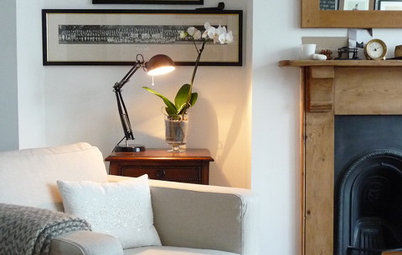

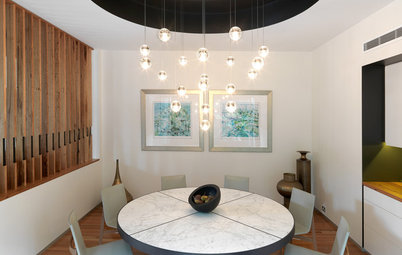
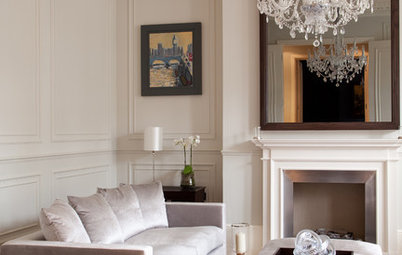
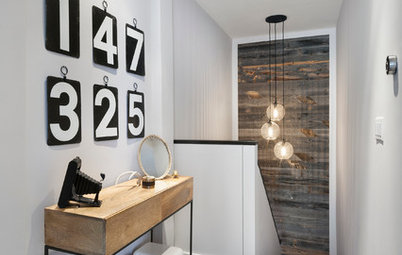

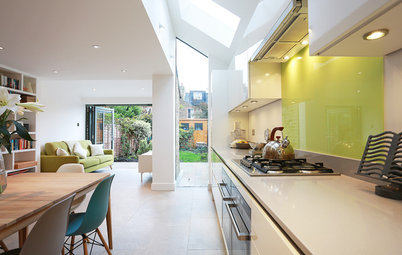
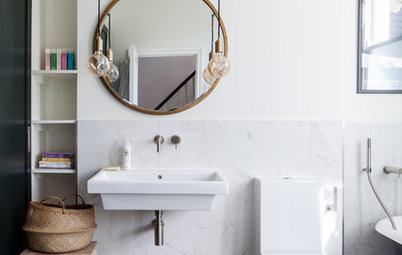
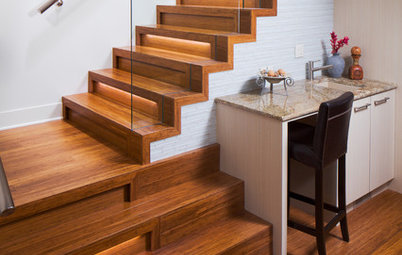
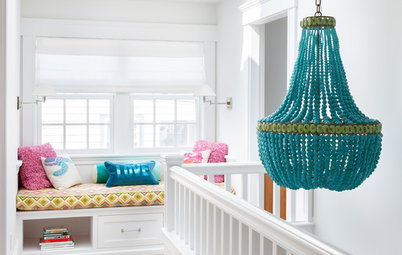


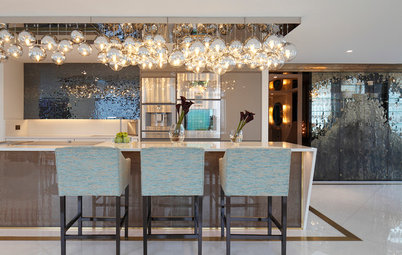
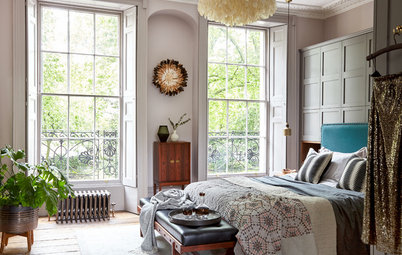
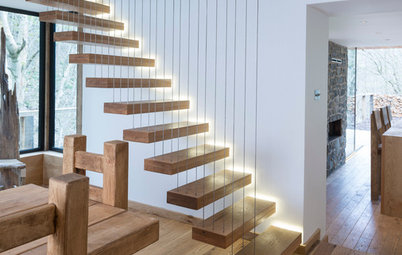

Lighting up your property accounts for, on average, 60% of your electricity bill. In the scenario where you replace all halogen bulbs with highly efficient LED bulbs, you could reduce your lighting bill by 90% and still receive the same quality of light.